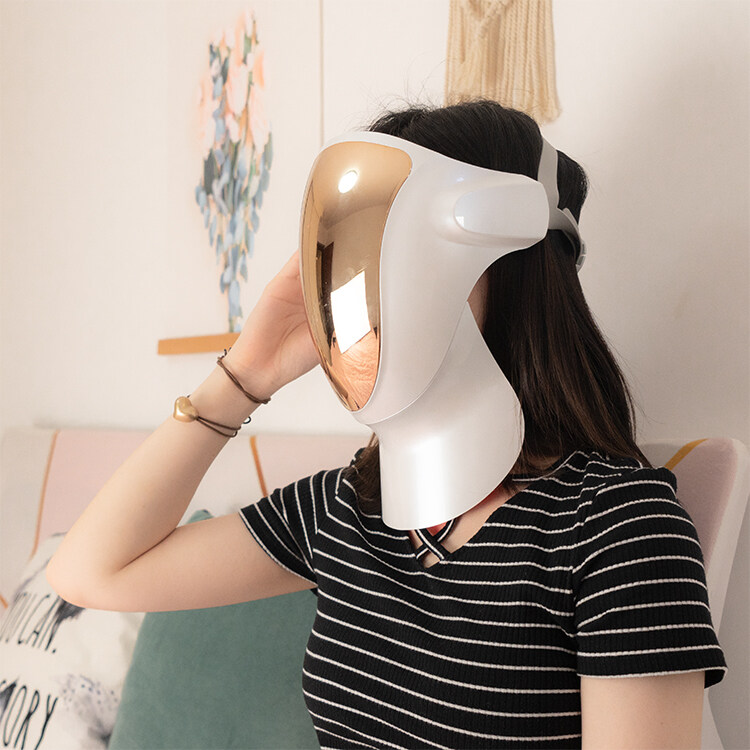Email format error
Email cannot be empty
Email already exists
6-20 characters(letters plus numbers only)
The password is inconsistent
Email format error
Email cannot be empty
Email does not exist
6-20 characters(letters plus numbers only)
The password is inconsistent


Pregnancy is a miraculous journey marked by numerous physical and emotional changes. As expectant mothers navigate this transformative period, questions often arise about the safety of various treatments and therapies, including LED light therapy. In this comprehensive guide, we will explore the intricacies of LED light therapy during pregnancy, addressing common queries and shedding light on the potential benefits.
LED light therapy involves the use of low-level light emitting diodes to stimulate cellular activity. Unlike some traditional light therapies, such as those involving UV rays, LED light therapy is non-invasive and considered safe for a range of applications. It has gained popularity for its ability to promote healing, reduce inflammation, and improve skin conditions.
One of the primary concerns expectant mothers have is whether LED light therapy is safe during pregnancy. The good news is that, in general, LED light therapy is considered safe. The low-level light used in this therapy does not generate heat, and it lacks the harmful UV rays associated with sunlight or tanning beds. However, as with any treatment during pregnancy, it's essential to consult with a healthcare provider before incorporating LED light therapy into your routine.
Yes, you can undergo LED light therapy while pregnant, but it's crucial to exercise caution and obtain professional advice. Pregnant women often experience changes in skin conditions, such as pigmentation, acne, and stretch marks. LED light therapy can be a gentle and non-invasive way to address these concerns. However, individual responses may vary, and it's advisable to start with shorter sessions, monitoring how your skin reacts.
The frequency of LED light therapy sessions during pregnancy depends on various factors, including the specific goals of the treatment and individual skin conditions. To err on the side of caution, it's recommended to start with a few sessions per week and assess the response. Overly frequent sessions or prolonged exposure should be avoided. Always follow the guidance of your healthcare provider and the recommendations provided by the device manufacturer.
Red light therapy, a subset of LED light therapy, has garnered attention for its potential benefits in promoting circulation, reducing inflammation, and aiding in the healing process. While red light therapy is generally considered safe during pregnancy, it's crucial to discuss it with your healthcare provider. Understanding the specific wavelengths and their effects can help tailor the treatment to your individual needs.
As technology advances, many people opt for at-home LED light therapy devices. If considering this option during pregnancy, choose a reputable device and strictly adhere to usage guidelines. Some devices are specifically designed for home use and are equipped with safety features. However, it's always wise to seek advice from your healthcare provider before incorporating any new therapy into your at-home routine.
In conclusion, LED light therapy can be a safe and effective option for addressing various skincare concerns during pregnancy. The key is to prioritize safety by consulting with your healthcare provider before initiating any new treatments. By taking necessary precautions, starting with shorter sessions, and closely monitoring your body's response, you can potentially enjoy the benefits of LED light therapy while safeguarding the well-being of both you and your developing baby. Always remember that individual responses may vary, and professional guidance is essential for a healthy and positive pregnancy experience.